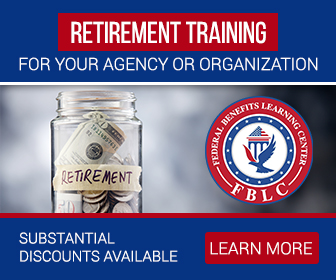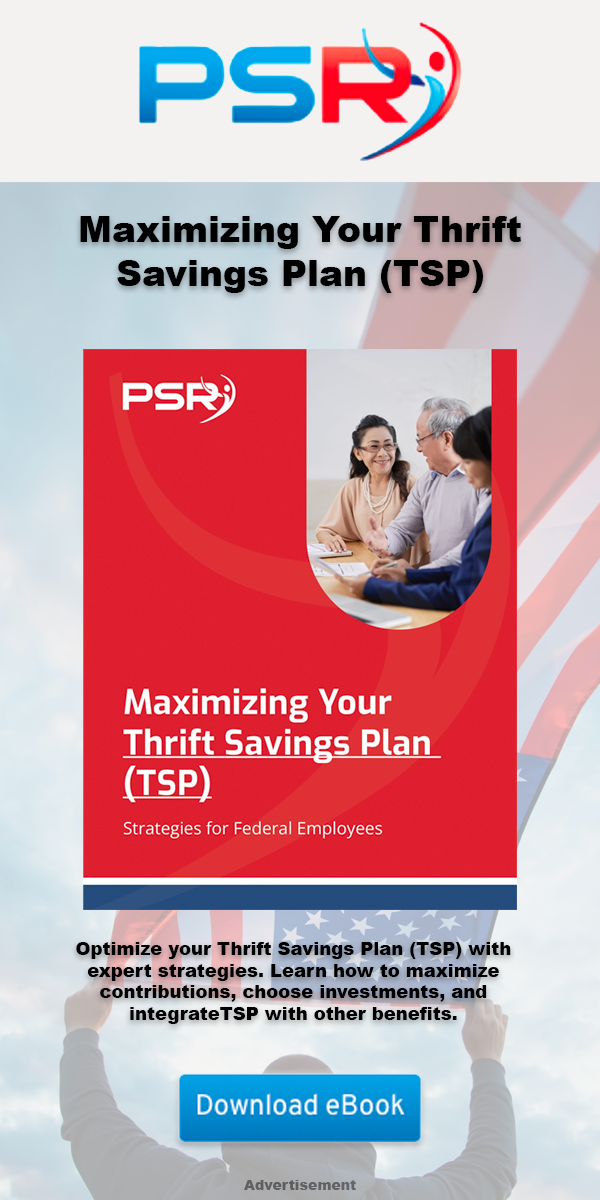Key Takeaways:
- Diversifying your investment portfolio and maximizing the Thrift Savings Plan (TSP) are crucial strategies for federal workers considering early retirement.
- Balancing risk and reward through a mix of safe and high-yield investment options ensures financial stability and growth.
Smart Investment Strategies for Federal Workers Considering Early Retirement
Early retirement is an appealing prospect for many federal workers who want to enjoy more leisure time and pursue personal interests. However, achieving this goal requires careful financial planning and smart investment strategies. This article outlines effective approaches to diversify your investment portfolio, maximize your Thrift Savings Plan (TSP), and balance risk and reward, ensuring a secure and prosperous early retirement.
Diversifying Your Investment Portfolio for Stability and Growth
- Also Read: The Latest Federal Employee News You Need to Know to Protect Your Retirement
- Also Read: Ready for Retirement? Here’s How Law Enforcement Officers Can Leave the Job with Benefits Intact
- Also Read: FAA, Law Enforcement, and Special Federal Employee Categories—Here’s What Makes Their Retirement Unique
Diversification is a fundamental principle of sound investment strategy. By spreading investments across various asset classes, federal workers can reduce risk and enhance potential returns, ensuring a stable financial foundation for early retirement.
Importance of Diversification
Diversification helps mitigate risks associated with market volatility. When one asset class underperforms, others may perform well, balancing the overall portfolio performance. For federal workers, a diversified portfolio typically includes a mix of stocks, bonds, real estate, and other investments.
Asset Allocation Strategies
- Stocks: Equities are essential for long-term growth. Consider investing in a mix of large-cap, mid-cap, and small-cap stocks. International stocks can also provide additional diversification.
- Bonds: Bonds offer stability and income. Include a variety of government, corporate, and municipal bonds in your portfolio. For federal workers, U.S. Treasury bonds are a secure option.
- Real Estate: Real estate investments, including Real Estate Investment Trusts (REITs), can provide income and diversification. Owning rental properties or investing in real estate funds are viable options.
- Mutual Funds and ETFs: Mutual funds and exchange-traded funds (ETFs) offer diversified exposure to various asset classes. Index funds, in particular, provide broad market exposure at a low cost.
Rebalancing Your Portfolio
Regularly rebalancing your portfolio ensures that your asset allocation remains aligned with your investment goals and risk tolerance. For instance, if stocks outperform and constitute a larger portion of your portfolio than desired, selling some stocks and buying bonds can restore balance.
Utilizing the Thrift Savings Plan (TSP) to Maximize Retirement Savings
The Thrift Savings Plan (TSP) is a crucial component of federal retirement benefits, offering various investment options and tax advantages. Federal workers should leverage the TSP to build a robust retirement fund.
Understanding TSP Investment Options
The TSP provides several investment funds, each with unique risk and return characteristics:
- G Fund (Government Securities Investment Fund): Offers a stable return with minimal risk, as it invests in short-term U.S. Treasury securities.
- F Fund (Fixed Income Index Investment Fund): Includes government, corporate, and mortgage-backed bonds, providing moderate risk and return.
- C Fund (Common Stock Index Investment Fund): Tracks the S&P 500 index, offering exposure to large-cap U.S. stocks with higher risk and return.
- S Fund (Small Capitalization Stock Index Investment Fund): Invests in small to mid-sized U.S. companies, providing higher growth potential and risk.
- I Fund (International Stock Index Investment Fund): Provides exposure to international stocks, adding geographic diversification.
Contribution Strategies
- Maximize Contributions: Aim to contribute the maximum allowable amount to your TSP. For 2024, the contribution limit is $22,500, with an additional $7,500 catch-up contribution for those aged 50 and above.
- Government Matching: Take full advantage of government matching contributions, which match up to 5% of your salary. This effectively boosts your retirement savings without additional cost.
- Roth vs. Traditional TSP: Decide between Roth and traditional TSP contributions based on your current and expected future tax rates. Roth contributions are made after-tax, leading to tax-free withdrawals, while traditional contributions are pre-tax, reducing current taxable income but taxable upon withdrawal.
Withdrawal Strategies
Develop a withdrawal strategy to ensure a steady income stream in retirement while minimizing taxes:
- Systematic Withdrawals: Set up regular, systematic withdrawals to provide consistent income.
- Life Annuities: Consider purchasing a life annuity through the TSP to guarantee a lifetime income.
- Required Minimum Distributions (RMDs): At age 73, you must start taking RMDs from your TSP. Plan withdrawals to comply with RMD rules and manage tax implications.
Balancing Risk and Reward: Safe Investments vs. High-Yield Options
Balancing risk and reward is crucial for federal workers considering early retirement. This involves selecting a mix of safe, income-generating investments and higher-risk, high-yield options to achieve both stability and growth.
Safe Investments
- U.S. Treasury Bonds: These bonds are backed by the full faith and credit of the U.S. government, offering low risk and stable returns.
- Certificates of Deposit (CDs): CDs provide fixed interest rates over a specified period, ensuring predictable income with minimal risk.
- Municipal Bonds: These bonds are issued by state and local governments and often offer tax-exempt interest income, providing a safe investment option with tax benefits.
High-Yield Options
- Stocks and Equity Funds: Investing in individual stocks or equity funds offers higher growth potential. Consider growth stocks, dividend-paying stocks, and sector-specific funds for diversification.
- Real Estate Investments: Rental properties and REITs can provide substantial income and capital appreciation, though they come with higher risk and management responsibilities.
- High-Yield Bonds: These bonds offer higher interest rates compared to investment-grade bonds but come with increased risk. Assess the credit quality of issuers to balance risk and return.
Managing Risk
- Diversification: Spread investments across various asset classes to reduce risk.
- Risk Tolerance Assessment: Regularly assess your risk tolerance, especially as you approach retirement. Adjust your asset allocation to reflect changes in your risk appetite.
- Professional Advice: Consider working with a financial advisor to develop a comprehensive investment strategy tailored to your retirement goals.
Conclusion: Strategic Planning for Early Retirement
Federal workers considering early retirement must adopt smart investment strategies to ensure financial stability and growth. Diversifying the investment portfolio, maximizing contributions to the Thrift Savings Plan (TSP), and balancing risk and reward are key elements of a successful retirement plan. By carefully planning and making informed investment decisions, federal workers can achieve a secure and fulfilling early retirement.
Contact Information:
Email: [email protected]
Phone: 6024139544











